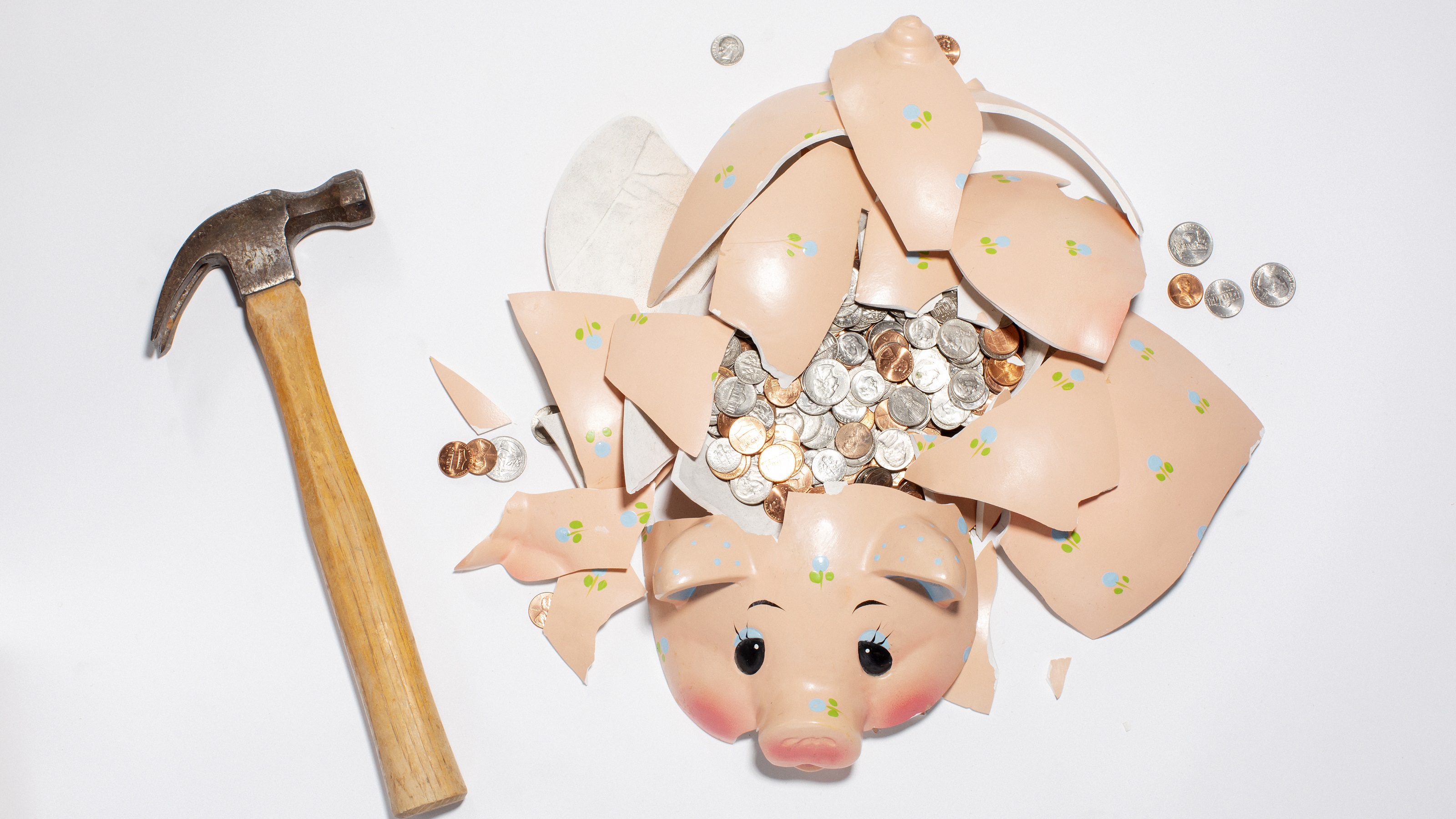Planning Your Transition Toward Retirement
As you close in on the big day, it's time to consider how you'll create income while dialing down stock market risk.


As retirement approaches, you need to keep several things in mind when planning for the road ahead — income planning, health care costs and tax strategies to name a few — but one of your main objectives has to be how to avoid being at the mercy of the stock market.
Individuals who plan their retirement in advance are far more likely to be prepared for when the market goes up and when it takes a hit than those who put it off. With the right game plan in place, you may be able to enjoy retirement even if the market has major corrections, like what we saw in 2008. Ten years prior to full retirement age — for most us, that’s the mid-50s — you should start seriously crafting a plan. At that age, you typically want to begin making transition from your main priorities of growth and accumulation to income and wealth preservation. What you do at that time can have a huge impact on your future.
Some of us make this transition better than others. Most of us rely on the stock market during our accumulation years, but, with retirement looming, we should not have all our eggs in that one basket. There are several ways to diversify, including:

Sign up for Kiplinger’s Free E-Newsletters
Profit and prosper with the best of expert advice on investing, taxes, retirement, personal finance and more - straight to your e-mail.
Profit and prosper with the best of expert advice - straight to your e-mail.
- Real estate.
- Tax-efficient bonds.
- Insurance products such as fixed index annuities, and perhaps even those with guaranteed income riders. Many financial professionals likely recommend individuals consider annuities when they start planning for retirement because they can provide protection of your principal along with other guarantees that are backed by the financial strength of the insurance carrier that issues the contract.
In our younger and accumulation years, we are ready to ride the market out through its various shifts and corrections, holding onto the money in our portfolios as the market goes up and down. But, as we approach retirement and after we retire, you may be taking money out of your accounts on regular basis for income. If so, the sequence of returns becomes a major consideration; if you are pulling money out of the market on a regular basis to support your lifestyle, the market may come back, but your money might not. It is a far different experience from what we have grown accustomed to during the accumulation years. Your retirement lifestyle should not vary as the market moves up and down.
There are other changes as well. Your risk tolerance might drop the closer you get to retirement, and one way to protect yourself is by truly diversifying your holdings. One good general rule to consider would be to have:
- One-third of your holdings in real estate.
- One-third in more secure income products like bonds and annuities that protect your principal from market losses.
- One-third in the stock market for growth and a hedge on inflation.
If you do not own any real estate, consider the rule of 100. One hundred minus your age is the most equity exposure you should have.
One way to help ensure you have enough diversity in your portfolio is by choosing to work with an independent financial adviser, one held to a fiduciary standard who must, by law, put your best interests first and who, as an independent adviser, has access to a wide array of financial products that can help you pursue your goals. Consider a truly diversified portfolio with investments that are not correlated. Talking to a range of financial professionals can help ensure your holdings are properly diversified and not all in the same lane, putting your wealth in serious jeopardy.
Of course, there are other things to consider as you plan ahead for retirement. You need to factor in all of your assets, pension, Social Security, rental income, dividends and your expenses as you prepare for a comfortable retirement. When I visit people for the first time, I find that most portfolios only focus on investments. A holistic financial plan should include income planning, investment strategy, tax-efficiency, health care planning and legacy planning.
Kevin Derby contributed to this article.
Get Kiplinger Today newsletter — free
Profit and prosper with the best of Kiplinger's advice on investing, taxes, retirement, personal finance and much more. Delivered daily. Enter your email in the box and click Sign Me Up.

Michael Ladin is founder and CEO of Ladin Tax & Financial Group, a firm that focuses on assisting Florida business owners, Baby Boomers and retirees with retirement income strategies that work in a tax-efficient way.
-
 Free IRS Tax Filing for 30 Million People: Will It Continue Under Trump?
Free IRS Tax Filing for 30 Million People: Will It Continue Under Trump?Tax Filing Direct File was piloted last year in 12 states and has since expanded to 25. But some wonder whether the program will last under the Trump administration.
By Gabriella Cruz-Martínez Published
-
 Financial Security vs Financial Freedom: What's the Difference?
Financial Security vs Financial Freedom: What's the Difference?Having the ability to pivot without worrying about financial support is where financial security becomes financial freedom.
By Justin Donald Published
-
 Going Through Probate? How to Find the Right Attorney
Going Through Probate? How to Find the Right AttorneyJust having the skills and experience to do the job isn't enough. The probate attorney you hire needs to have the right temperament for your particular case.
By John R. Silva, Esq. Published
-
 Widow's Penalty: Three Ways to Protect Your Finances
Widow's Penalty: Three Ways to Protect Your FinancesHigher Medicare premiums, smaller Social Security payments, bigger tax bills … Financial changes can hit hard when a spouse dies. How to counter the blow.
By Ashley Terrell, IAR Published
-
 Four Ways Your Phone Can Help You Weather Market Volatility
Four Ways Your Phone Can Help You Weather Market VolatilitySmartphone apps can help investors make healthy decisions and maintain a disciplined investment approach — even when emotions try to steer them off course.
By Marco De Freitas Published
-
 Stick to the Plan: Don't Panic During Economic Uncertainty
Stick to the Plan: Don't Panic During Economic UncertaintyTake a breath and step back. Focus on a solid fiscal foundation to stabilize your investments during stock market volatility.
By Eric Lahaie, CFS®, RICP® Published
-
 How Inflation Affects Your Finances and How to Stay Ahead
How Inflation Affects Your Finances and How to Stay AheadThe cost of goods and services is certain to rise over time, making it essential to have a financial plan that will help you keep pace.
By Kyle D. Sikes Published
-
 Now's a Great Time to Become a Financial Adviser: Here's Why
Now's a Great Time to Become a Financial Adviser: Here's WhyThere's a growing need for financial advisers. Why not take on a role that offers earning potential and work-life balance and helps change lives?
By John Roberts Published
-
 Little-Known Ways to Guard Your Retirement Income
Little-Known Ways to Guard Your Retirement IncomeIs your retirement income safe if stocks continue to plummet? Most retirees don't know these reliable options to limit their market exposure.
By Jacob Cornell Published
-
 Three Warning Signs Your Investments Are (Needlessly) Too Risky
Three Warning Signs Your Investments Are (Needlessly) Too RiskyAll investments come with risk, but the secret is to take only enough risk to get you to your specific savings goals — and no more than that.
By Eric Roberge, Certified Financial Planner (CFP) and Investment Adviser Published